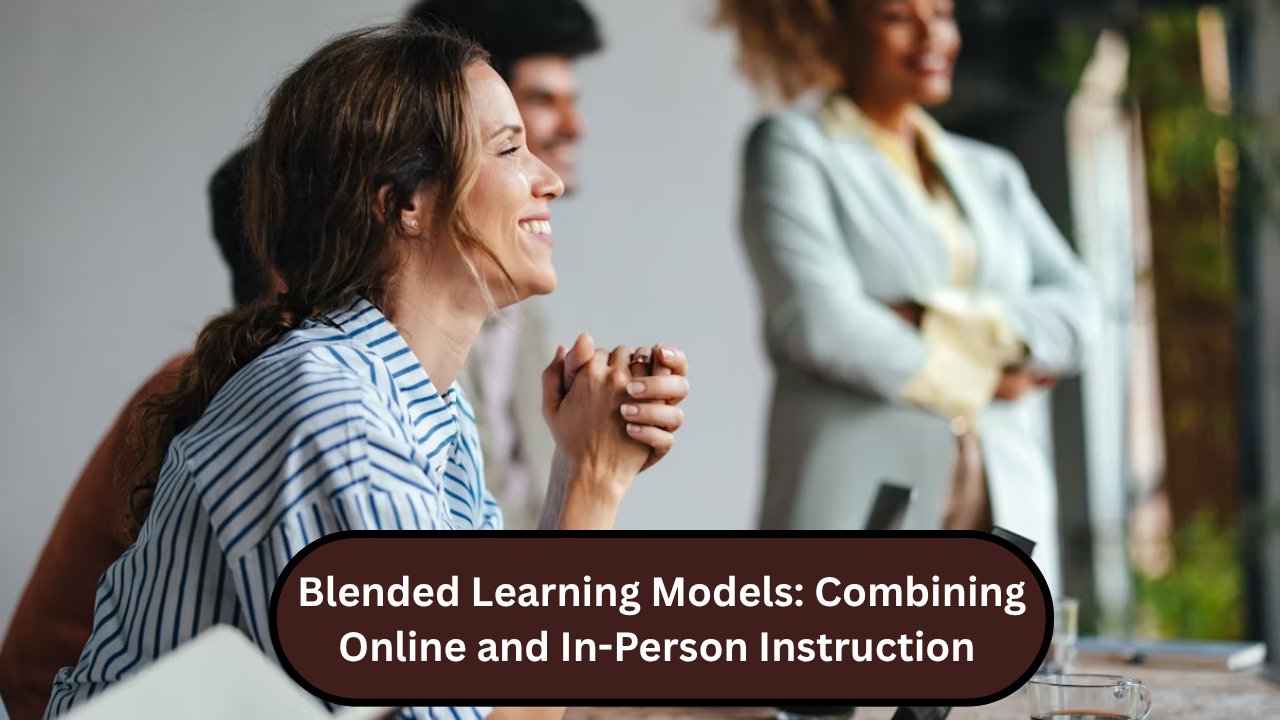Education is changing fast, and one of the biggest changes is the rise of blended learning. Blended learning is a method where students learn through both online instruction and face-to-face classroom sessions. It combines the flexibility of digital learning with the support of traditional teaching. As schools and colleges look for ways to offer more personalized and flexible education, blended learning is becoming a powerful and popular solution. In this article, we’ll explore how blended learning works, what makes it effective, and why many educators and students prefer this model over traditional classroom-only methods.
How Online and In-Person Learning Work Together in Blended Models
Blended learning brings the best of both worlds. In a typical blended learning setup, students learn basic concepts at home through videos, online quizzes, or reading materials. This allows them to move at their own pace and review topics as needed. Then, when they come to school or college, they take part in activities that involve discussions, group work, or hands-on projects. These in-person sessions help students apply what they’ve learned and get help directly from teachers. This balance helps students become more independent while still feeling supported.
Benefits and Challenges of Blended Learning
One of the biggest advantages of blended learning is flexibility. Students can access content anytime, anywhere, which is great for those who need more time to understand a topic. Teachers can also track progress online and give more focused support during class time. Another benefit is that it can be customized easily. Some students may need more online learning, while others may benefit more from in-person instruction. However, there are challenges too. Not all students have access to devices or fast internet at home. Also, teachers need training to manage both online platforms and classroom activities. Despite these challenges, when planned well, blended learning can be very successful.
Blended learning is more than just a mix of classroom and computer time—it’s a smart approach that adapts to the needs of modern students. It allows for flexibility, personal learning speed, and better use of classroom time. Though it requires planning, the benefits often outweigh the challenges. As technology becomes more common in education, blended learning is likely to become the new normal. Schools and teachers who use this model well can offer a richer and more effective learning experience for every student.
FAQ’s:
Q1. What is blended learning in simple words?
Blended learning is a method of teaching that combines online learning at home with in-person learning in a classroom.
Q2. Why is blended learning important in today’s education?
It allows students to learn at their own pace online and use classroom time for questions, projects, or activities. This makes learning more flexible and effective.
Q3. What are some examples of blended learning activities?
Examples include watching a video lesson at home and then solving problems in class, or reading an online article before a group discussion in school.
Q4. What tools are used in blended learning?
Common tools include learning management systems (LMS), video lessons, quizzes, discussion boards, and educational apps like Google Classroom, Zoom, or Khan Academy.
Q5. Are there any disadvantages of blended learning?
Yes, challenges include lack of access to technology, poor internet connection, and the need for both students and teachers to manage their time and tools effectively.
